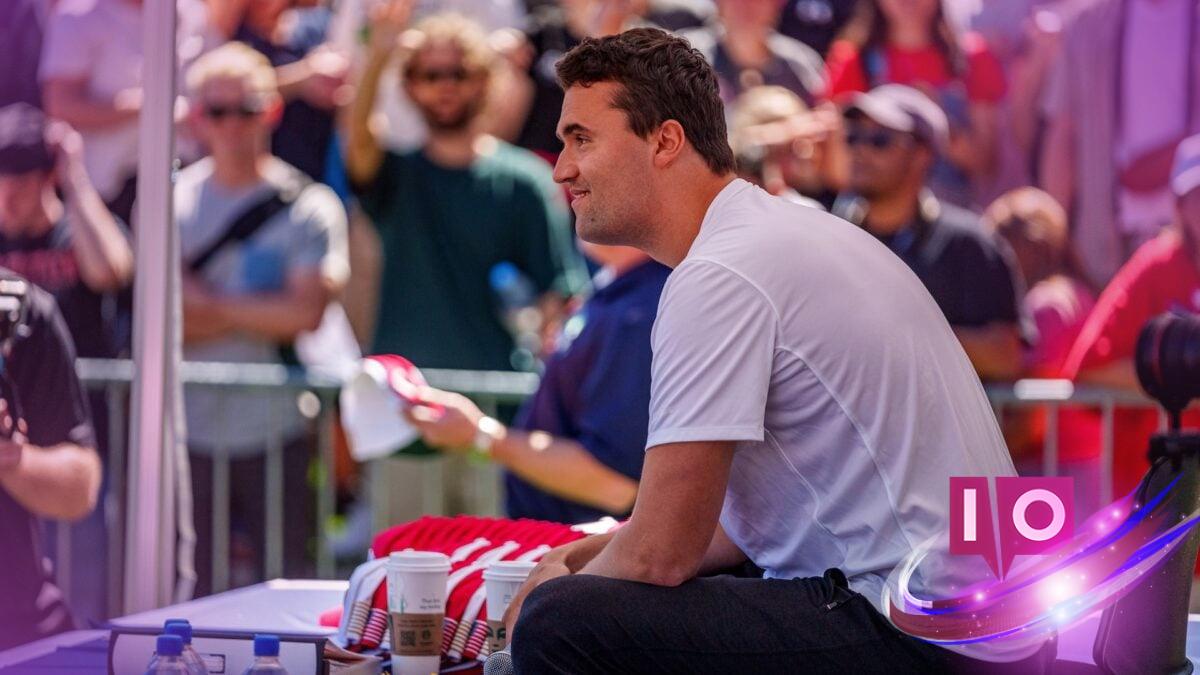In recent days, social media platforms like X, TikTok, and Instagram have been flooded with conspiracy theories surrounding the death of Charlie Kirk. While such theories have always accompanied significant events, their prevalence has only escalated in our social media-driven lives. This surge raises critical questions about how we consume information and discern truth from fiction.
Charlie Kirk, a well-known 31-year-old right-wing influencer, tragically lost his life on September 10 while speaking at Utah Valley University in Orem, Utah. His shocking shooting was recorded from multiple angles by attendees, quickly spreading across various platforms.
The alleged shooter, 22-year-old Tyler Robinson, voluntarily surrendered to police late Thursday night, as reported by CNN. However, conspiracy theories began circulating online even before Robinson’s arrest, showcasing the rapid spread of misinformation.
After the incident, FBI Director Kash Patel appeared on Fox & Friends and shared allegations about the shooting, some of which have not been substantiated in court or confirmed. If the unfolding narrative is correct—that Robinson acted alone from a rooftop—many of the emerging conspiracy theories appear absurd.
1. The “AI Wrong Man” Theory
Following the shooting, the FBI released low-resolution images of the suspect wearing sunglasses. As a result, users on X attempted to enhance these images using AI tools. Unfortunately, such AI enhancements often distort images rather than clarify them.
For instance, Laura Loomer, a far-right influencer, shared three images after the FBI’s release, two of which were fake AI-enhanced photos that misled her followers into believing they were real.
This phenomenon isn’t new; similar events occurred during high-profile incidents like the Academy Awards in 2022 when AI attempted to enhance pixelated images, misleading viewers into believing in fabricated narratives.
A TikTok account named Politic Nick even posted a video comparing an AI-enhanced image of the suspect with his actual mugshot, commenting on the supposed facial differences. This video alone garnered 1.4 million views.
2. The “Just Look Harder” Theory
Another popular conspiracy theory suggests that hidden clues can be found in the background of the videos capturing Kirk’s demise. Some users believed that a man near Kirk was sending signals to an unseen shooter, despite the absence of any evidence.
The absurdity reached new heights when Sean Morley, a former WWE wrestler, circulated claims that a man in the video used a “palm gun” hidden in his sleeve to shoot Kirk—an allegation based on nothing more than the man scratching his arm during the tragic event.
3. The “Everything is Trans” Theory
After Kirk’s death, various social media posts erroneously targeted transgender individuals as potential suspects. These baseless claims may stem from misconceptions surrounding violence and trans individuals, which were amplified after a school shooting involving a trans perpetrator earlier this year.
While misinformation spread rapidly, it should be noted that trans individuals are statistically more likely to be victims of violence rather than perpetrators. Despite this, immediately after Kirk’s murder, multiple claims wrongly implicated different trans people.
4. Addressing Unanswered Questions
It’s natural to have questions about incidents like Kirk’s shooting, especially regarding motives and the suspect’s political affiliations. However, misinformation is rampant, particularly when influential figures post without verified facts. For example, Patel prematurely announced a suspect’s custody before verifying his identity.
The widespread speculation demonstrates the dangers of rushing to conclusions on social media, validating the need for critical thinking in the digital age.
What are the common conspiracy theories related to Charlie Kirk’s death? Several theories have emerged, ranging from AI-enhanced images misrepresenting the suspect to unfounded claims about hidden signals during the incident.
How do conspiracy theories gain traction online? They often arise from a combination of low-quality visuals and the human tendency to look for patterns or hidden meanings, especially during shocking events.
Why do people believe such bizarre theories? Misinformation can easily spread, especially in emotionally charged situations, leading to the quick acceptance of unfounded beliefs among users.
Are AI-enhanced images reliable? Not at all. These tools often do not yield accurate results, and results can easily distort reality instead of clarifying it.
What role do public figures play in spreading misinformation? Public figures can accelerate the spread of conspiracy theories when they share unverified information, thus shaping public perception during discrepancies.
Despite the chaos surrounding such incidents, it’s crucial to approach discussions of conspiracies with skepticism and an open mind. As we navigate through this landscape of misinformation, continuing to educate ourselves is paramount. For more insights and related discussions, feel free to explore the wealth of content at Moyens I/O.
